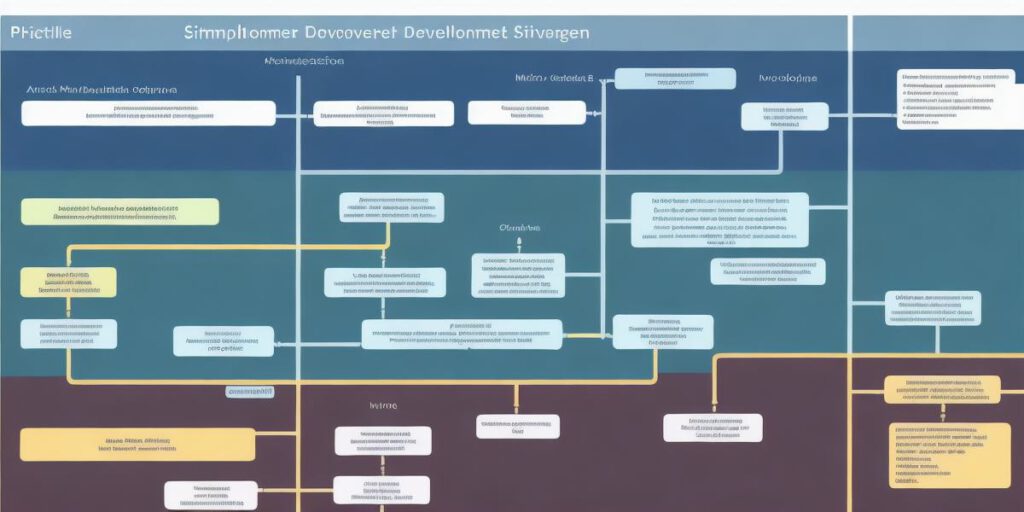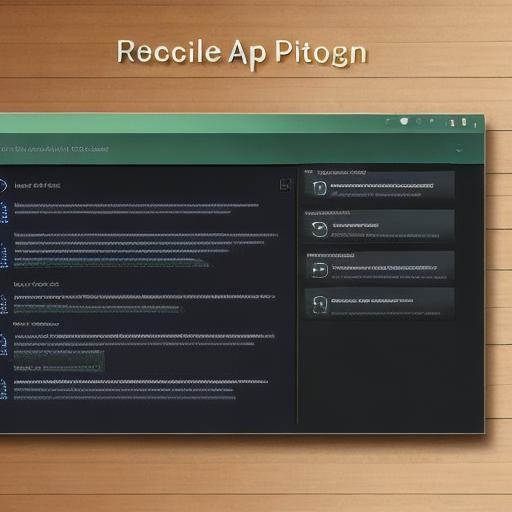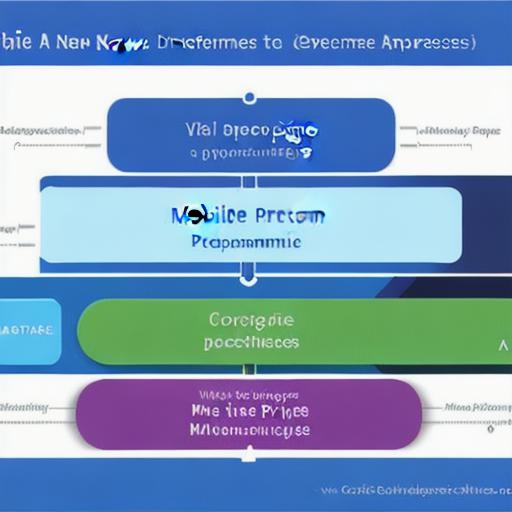How is software created from start to finish

and useful for its users. By providing ongoing support and maintenance, software developers can address any issues that arise and improve the application’s functionality over time. It also helps keep the application secure and up-to-date with the latest technologies and trends.
6. User Feedback and Iteration
The final stage in software development is user feedback and iteration, where developers gather feedback from users to improve the application’s functionality and design. In this stage, developers will analyze user feedback and use it to make improvements to the application. They may also iterate on different design options or features based on user preferences and needs.
User feedback is a crucial stage in software development as it helps ensure that the application meets the needs of its users. By gathering feedback from users, developers can identify areas where the application could be improved and make changes to address these issues. It also helps keep the application relevant and useful for its users over time.
Real-Life Examples of Software Creation
Let’s look at some real-life examples of software creation to illustrate how these stages work in practice:
Example 1: Creating a Mobile App

Imagine that you are a software developer working for a mobile app development company. You have been tasked with creating a new mobile app for a client. The first stage in this process is ideation and conceptualization, where you will brainstorm ideas for the app, identify the target audience, and define its features and functionality.
Once you have a clear idea of what the app should do, you move on to design and prototyping. In this stage, you will create wireframes and mockups of the app, which are visual representations of its layout and functionality. You may also conduct user research to gather information about your target audience and their preferences.
Once you have a working prototype, you move on to development and coding. In this stage, you will write the code for the app using a programming language like Swift or Kotlin, depending on the platform you are developing for (iOS or Android). You will also integrate different tools and technologies to create the app’s functionality.
Once the code has been written, you move on to testing and quality assurance. In this stage, you will test the app to ensure that it meets the requirements and specifications outlined in the project plan. You may perform various types of testing, such as unit testing, integration testing, and system testing, to identify any bugs or issues that need to be fixed.
Once testing is complete, you move on to deployment and maintenance.
In this stage, you will deploy the app to a server or cloud platform, making it available for users to access and use. You will also provide ongoing support and maintenance for the app, which includes fixing bugs, updating features, and improving performance.

Finally, in the user feedback and iteration stage, you will gather feedback from users to improve the app’s functionality and design. This may involve making changes to the app’s layout, adding new features, or addressing any issues that users have reported.
Example 2: Creating a Web Application
Now imagine that you are a software developer working for a web development company. You have been tasked with creating a new web application for a client. The first stage in this process is ideation and conceptualization, where you will brainstorm ideas for the app, identify the target audience, and define its features and functionality.
Once you have a clear idea of what the app should do, you move on to design and prototyping. In this stage, you will create wireframes and mockups of the app, which are visual representations of its layout and functionality. You may also conduct user research to gather information about your target audience and their preferences.
Once you have a working prototype, you move on to development and coding. In this stage, you will write the code for the app using a programming language like JavaScript or PHP, depending on the platform you are developing for (front-end or back-end). You will also integrate different tools and technologies to create the app’s functionality.
Once the code has been written, you move on to testing and quality assurance. In this stage, you will test the app to ensure that it meets the requirements and specifications outlined in the project plan. You may perform various types of testing, such as unit testing, integration testing, and system testing, to identify any bugs or issues that need to be fixed.